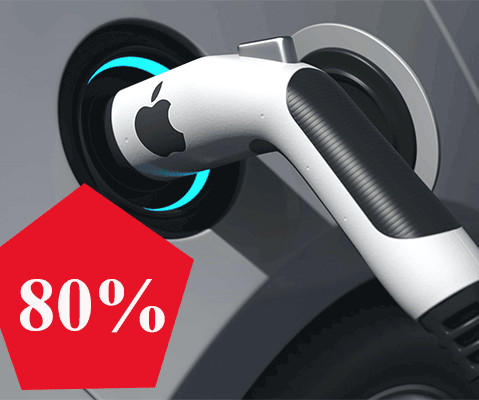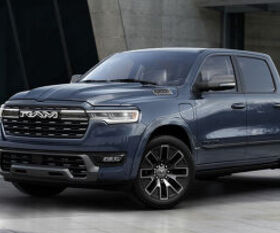Why is maintaining 80% battery power the best choice for EVs? | EV Basics
Setec Powerr
MARCH 27, 2023
When it’s time to charge, it’s often wiser to stop at 80% and then get back on the road instead of waiting for the battery to fill up. If your EV has 300 miles of range when fully juiced up, it can go about 240 miles with an 80% state of charge. There may be huge distances between DC fast chargers, and you need every range you can get.











Let's personalize your content